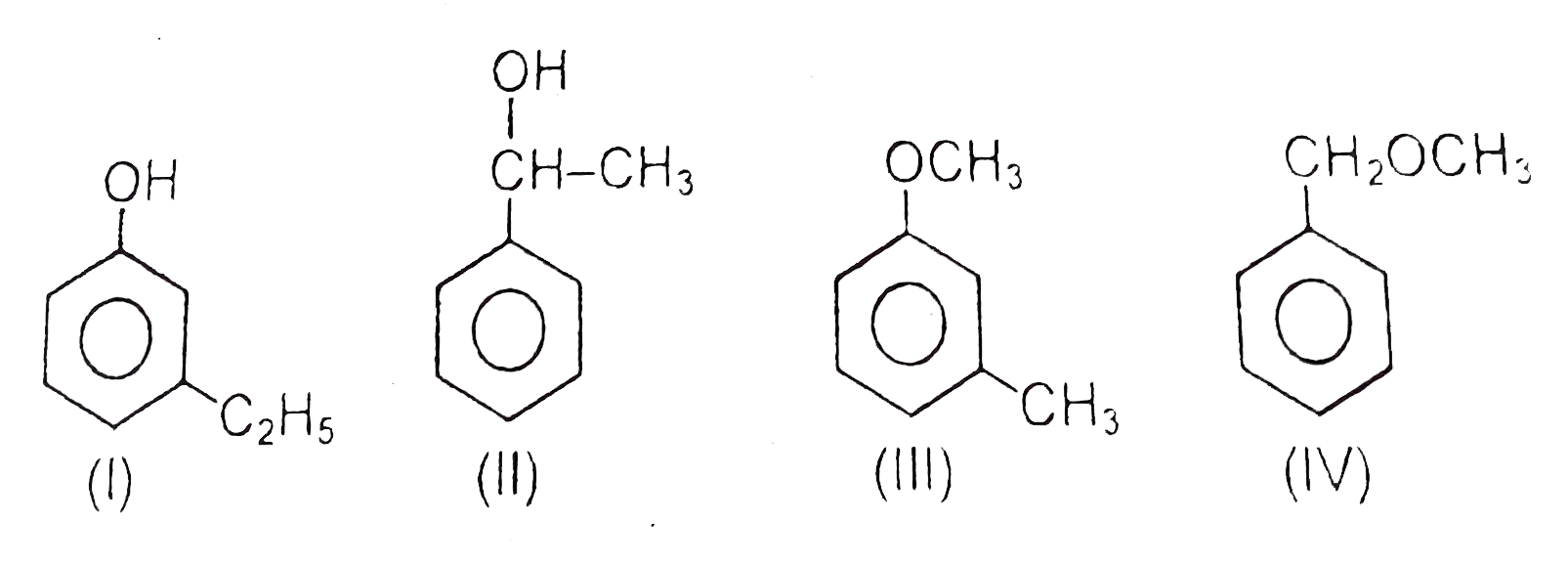Choose the s-block element from the following:
1s2,2s2,2p6,3s2,3p6,3d5,4s1
1s2,2s2,2p6,3s2,3p6,3d10,4s1
1s2,2s2,2p6,3s2,3p6,4s1
all of the above
The correct Answer is:C
To determine the s-block element from the given options, we need to understand the characteristics of s-block elements in the periodic table. Here’s a step-by-step solution:
Step 1: Understand the s-block elements
- The s-block elements are found in Group 1 and Group 2 of the periodic table.
- These elements have their outermost electrons in the s orbital, which can be represented by the general electronic configurations of ns¹ or ns², where n is the principal quantum number.
Step 2: Analyze the given electronic configurations
- We need to look at the electronic configurations provided in the options (though the specific options are not listed here, we can infer from the transcript).
- The configurations mentioned in the transcript include:
- 3D⁵ 4S¹ (which corresponds to chromium)
- Other configurations that may correspond to d-block elements.
Step 3: Identify the correct s-block configuration
- From the transcript, it is indicated that the configuration 3D⁵ 4S¹ corresponds to chromium, which is a d-block element.
- For an element to be classified as s-block, its outermost electrons must be in the s orbital (ns¹ or ns²).
Step 4: Conclusion
- Based on the analysis, the correct option for an s-block element would be one that has an electronic configuration ending in ns¹ or ns², and not one that has electrons in the d orbital as in the case of chromium (3D⁵ 4S¹).
- Therefore, the answer is the option that fits the s-block criteria, which is not explicitly mentioned in the transcript but is implied to be option C.
Final Answer
The required s-block element is option C.
---
- The s-block elements are found in Group 1 and Group 2 of the periodic table.
- These elements have their outermost electrons in the s orbital, which can be represented by the general electronic configurations of ns¹ or ns², where n is the principal quantum number.
- We need to look at the electronic configurations provided in the options (though the specific options are not listed here, we can infer from the transcript).
- The configurations mentioned in the transcript include:
- 3D⁵ 4S¹ (which corresponds to chromium)
- Other configurations that may correspond to d-block elements.
- From the transcript, it is indicated that the configuration 3D⁵ 4S¹ corresponds to chromium, which is a d-block element.
- For an element to be classified as s-block, its outermost electrons must be in the s orbital (ns¹ or ns²).
- Based on the analysis, the correct option for an s-block element would be one that has an electronic configuration ending in ns¹ or ns², and not one that has electrons in the d orbital as in the case of chromium (3D⁵ 4S¹).
- Therefore, the answer is the option that fits the s-block criteria, which is not explicitly mentioned in the transcript but is implied to be option C.
The required s-block element is option C.
Topper's Solved these Questions
- QUANTUM NUMBER & PERIODIC TABLEBOOK - ALLENCHAPTER - QUANTUM NUMBER & PERIODIC TABLEEXERCISE - J-MAIN EXERCISE
24 Videos
- QUANTUM NUMBER & PERIODIC TABLEBOOK - ALLENCHAPTER - QUANTUM NUMBER & PERIODIC TABLEEXERCISE - J-ADVANCED EXERCISE
24 Videos
- QUANTUM NUMBER & PERIODIC TABLEBOOK - ALLENCHAPTER - QUANTUM NUMBER & PERIODIC TABLEEXERCISE - J-ADVANCED EXERCISE
24 Videos
- MOLE CONCEPTBOOK - ALLENCHAPTER - MOLE CONCEPTEXERCISE - Exercise - 05(B)
8 Videos
Similar Questions
P block elements
View SolutionP block elements
View SolutionP block elements
View SolutionChoose the correct statement(s) from the following option for given diagram

View SolutionConsider the following compounds:

Choose the correct statements(s) from the following:
View SolutionChoose the correct answer from the options A,B,C&D given: The most electronegative element from the following elements is:
View SolutionNumber of s-block elements are:
View SolutionChoose the incorrect statement (s) from the following
View SolutionD and F block elements
View SolutionD and f block elements
View Solution
